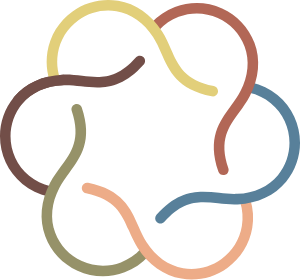Hard times arouse an instinctive desire for authenticity. — Coco Chanel
These days seem to be more hard times than not. At home, at work, across the globe, we’ve been forced to pivot away from some things and toward others while embracing a new definition of professional normalcy.
For leaders in today’s hard times, the call for authenticity has never been clearer. Employees demand it. Clients expect it. Workplaces require it. We’ve all run out of patience for anything less. But stepping out of a role and inhabiting a responsibility instead — this can be a heavy lift for a leader. RCL S2E8 alum Janis Fratamico, Global Head of Integrated Strategic Programs and Campaigns at BNY Mellon, explains it this way: “If you’re honest about your past, if you’re honest about your struggles, people will be more likely to come to you.”
Because the formula for successful authenticity isn’t always clear, let’s break down three things we know about leaders and authenticity.
1. Authentic leaders know how to choose.
Part of what we value about authentic leaders is that they appear to have done the work. They know who they are, and they approach their responsibilities as that self. But this can complicate leadership. A true self, while important, isn’t always what a situation or group requires. Sometimes, what’s appropriate in one scenario — being a straight-shooter, for example — becomes complete overkill in another.
In a 2005 article, Rob Goffee and Gareth Jones explain that authenticity requires other people. You can’t define yourself as authentic, but others can, will, and do as they match your behavior to their perceptions of who you really are. In this sense, then, it seems that since being who you really are isn’t ultimately your call, authenticity is out of your control.
Not so, the authors continue. What’s going on here is actually the best of leadership practices — a prudent use of choice:
Authenticity is not the product of pure manipulation. It accurately reflects aspects of the leader’s inner self, so it can’t be an act. But great leaders seem to know which personality traits they should reveal to whom and when. They are like chameleons, capable of adapting to the demands of the situations they face and the people they lead, yet they do not lose their identities in the process.
So authenticity isn’t just about being true to yourself, it’s also about reading the room and adapting appropriately. And while these skills take effort and time to hone, good leaders invest in a skillset that helps them know who they are and who their team needs them to be.
2. You can attune yourself to what authenticity feels like.
Does knowing yourself make you inherently a better leader? Research suggests it can because of the ways we value certain actions and align them with our behavior.
We feel most authentic when we believe our behavior aligns with goals that rank high on our priority list. And when we perceive we’ve acted in a way that contradicts what we believe about who we are, we feel inauthentic, according to this same study.
Ultimately, this suggests a couple of important things about being true to yourself:
- There are feelings tied to authenticity.
- These feelings motivate you to exercise the powerful leadership trait of choosing (or rechoosing) wisely.
The key is in being aware of our feelings. Knowing how you feel when you aren’t being authentic is important information. Armed with this intelligence, a leader can act intentionally, making choices that do more for teams and organizations.
3. Authenticity is an ongoing experiment.
We typically define being authentic as being true to oneself. But which self? The self from graduate school? The post-promotion self? The creative self?
Turns out, these selves are all you, says London Business School’s Herminia Ibarra. She explains that the Greek word “authenteos” means “that which you do with your own hands.” Using this definition, authenticity becomes our power to create a self using the trial and error of experience.
And Ibarra suggests that creation is most successful when done with a sense of play:
[W]hen most of us work, we’re serious. We don’t deviate from the straight and narrow; we’re goal-oriented. But when you play, you’re playful. You’re free to experiment and try things out. If it doesn’t work, you try something else instead. You’re not committing to being any one person; you iterate. Think of it as fast prototyping — but with yourself.
This leadership model — to see oneself with limitless potential — is what makes loyal, motivated employees because it offers them that same possibility. Giving teams the space to be something dynamic encourages them to be authentic themselves.
See authenticity as a creative act.
Creatives approach leadership with a baseline of imagination and innovation, things artist Ian Roberts explains come from an inner-directed source. That inner-direction? It’s all you. In this world of hard times, the world is craving authentic creative leaders. To Fratamico, the key to being this kind of leader is in the effort: “What did you do new? What did you try that was different?” Make authenticity your ultimate creative act, your ultimate effort at originality, and be the leader that changes the game.
For more on authenticity and creative leaders visit S2E8 of Real Creative Leadership.



